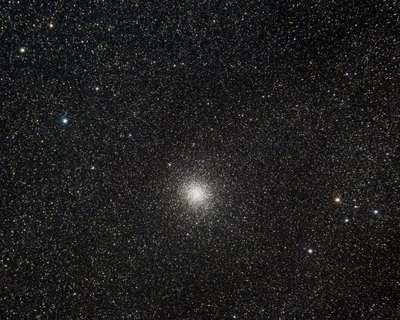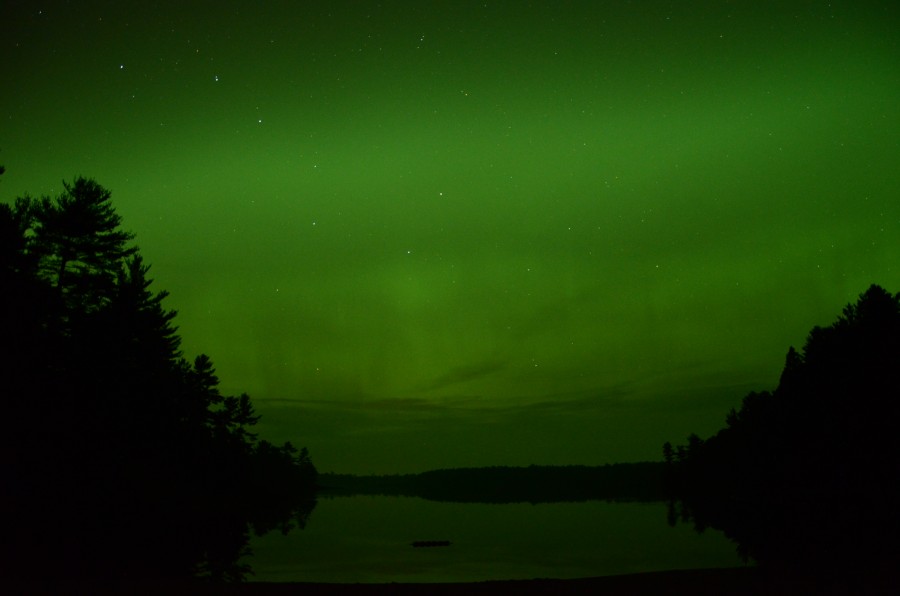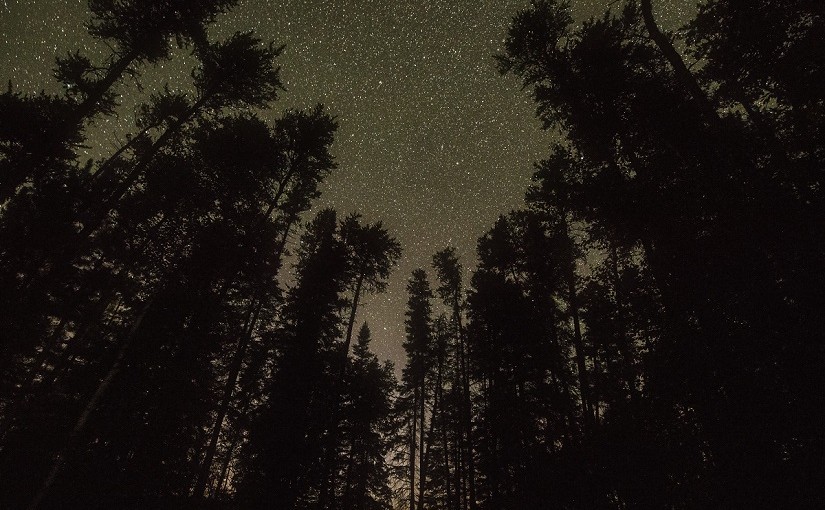Today’s post comes from our Natural Heritage Education Coordinator Brad Steinberg.
Not many researchers like being kept in the dark…
…except, that is, for scotobiologists!
Scotobiology is the science of darkness, a research topic that is growing in importance. Many birds, amphibians, insects and plants (and us!) have evolved to rely on uninterrupted periods of darkness during the night.
 Seasonal changes in how long it is dark at night helps plants prepare for spring and fall, and provides important signals to other animals that trigger events like amphibian breeding and bird migration.
Seasonal changes in how long it is dark at night helps plants prepare for spring and fall, and provides important signals to other animals that trigger events like amphibian breeding and bird migration.
Unfortunately, the desire to illuminate the night and banish the dark has led to vast areas where artificial lighting has spilled out of cities and backyards, disrupting the darkness that is important to so many creatures and plants.
This “light pollution” has led to the recognition of just how important it is to have dark areas on the landscape. Check out this map of global and Ontario light pollution.
The designation “dark sky reserves” — or areas where the night is specifically valued and protected — is an example of this.

Because most of the land within Ontario’s provincial parks has not — and will never be — developed, these areas function as dark sky reserves. This important aspect of maintaining ecological integrity allows our plants and animals to remain healthy and allows us to experience stargazing opportunities that simply don’t exist in urban areas.
